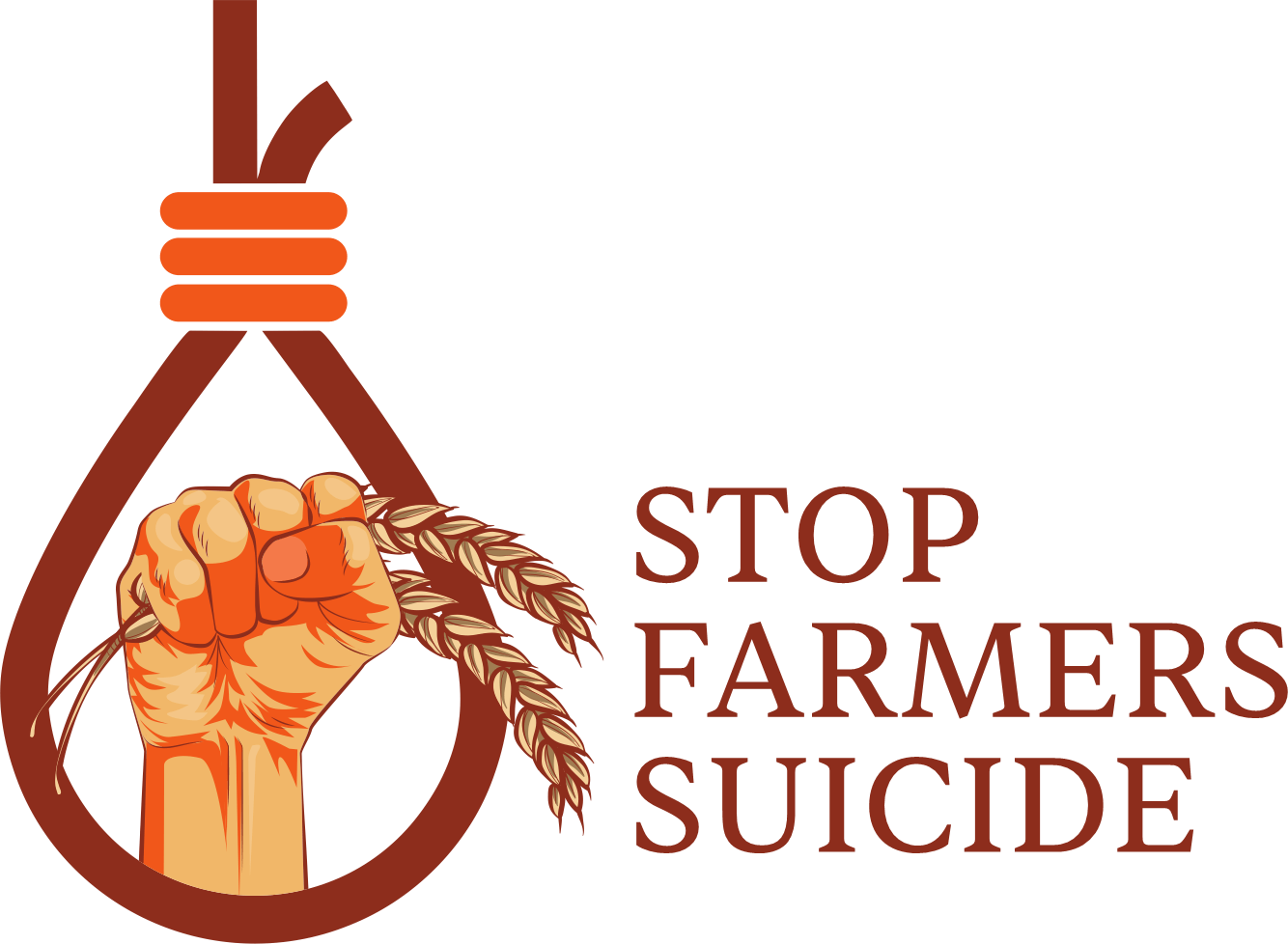
Government Policies and Their Role in Preventing Farmer Suicides
Farmer suicides have become a heartbreaking crisis in many parts of the world, especially in countries like India, where agriculture remains the primary livelihood for a large portion of the population. According to the National Crime Records Bureau (NCRB) in India, thousands of farmers take their own lives every year, often due to financial stress, crop failures, high debt burdens, and the inability to cope with unpredictable weather patterns. The alarming rates of farmer suicides have sparked nationwide debates about the urgent need for government intervention. In this context, government policies play a crucial role in providing support, creating safeguards, and addressing the systemic issues that lead to such tragic outcomes.
Understanding the Causes of Farmer Suicides
Before delving into the role of government policies, it is important to understand the root causes of farmer suicides. For many farmers, the pressures of unpredictable weather, fluctuating crop prices, and rising input costs, coupled with insufficient access to credit and resources, create a situation of extreme financial strain. Many farmers are trapped in a vicious cycle of debt, unable to repay loans, which often results in feelings of hopelessness and despair.
The rise in climate change-related disasters, such as droughts and floods, has further exacerbated these challenges, making it harder for farmers to predict yields and manage risks. As a result, a growing number of farmers, especially smallholder farmers, feel they have no way out of their problems, leading to tragic decisions to end their lives.
Government Policies Aimed at Addressing Farmer Suicides
Recognizing the gravity of the issue, governments have implemented a range of policies aimed at supporting farmers, improving their financial stability, and preventing suicides. Here are some key areas where government policies have played an essential role:
- Debt Relief and Loan Waivers
One of the primary factors leading to farmer suicides is the burden of debt. Many farmers take loans from informal sources, such as moneylenders, at exorbitant interest rates, which become impossible to repay, especially during poor harvests. In response, several state and central governments have introduced loan waiver schemes and debt relief programs to alleviate this burden.
For example, the Indian government has launched schemes like the Kisan Credit Card (KCC), which provides farmers with easier access to credit at lower interest rates, reducing their dependence on informal loans. Additionally, some state governments have implemented loan waiver schemes, where outstanding loans of distressed farmers are either partially or fully waived. While these measures provide short-term relief, they are not a complete solution, as they often do not address the root causes of the financial instability in the long term.
- Crop Insurance Schemes
Climate change has led to an increase in unpredictable weather events, and crop failure due to natural disasters is a significant contributor to farmer distress. To mitigate this, the government has introduced crop insurance schemes, such as the Pradhan Mantri Fasal Bima Yojana (PMFBY), which aims to provide financial compensation to farmers in the event of crop loss due to natural calamities like droughts, floods, and pest attacks.
By helping farmers recover some of their losses, crop insurance can reduce the financial anxiety that often leads to extreme actions like suicide. However, the effectiveness of these programs depends on the timely and fair implementation of claims, and many farmers still face challenges in accessing these benefits due to lack of awareness, documentation issues, and delays in payments.
- Education and Awareness Campaigns
Many farmers are unaware of government schemes and the support available to them. To address this, several governments have launched educational and awareness campaigns to inform farmers about financial assistance, insurance policies, and mental health support. The National Agriculture Market (eNAM), for example, is an initiative that aims to provide farmers with access to digital platforms for selling their produce, ensuring fair prices and reducing market exploitation.
Additionally, the government has supported the creation of Farmer Producer Organizations (FPOs) that empower farmers by helping them come together to negotiate better prices for their products, access resources, and improve their bargaining power in the market. By encouraging collective action, these initiatives help farmers gain better control over their economic futures and reduce the feeling of isolation that often accompanies financial distress.
- Mental Health Support and Counseling
While financial aid is important, addressing the psychological factors contributing to farmer suicides is just as crucial. Acknowledging the mental health crisis among farmers, some state governments have begun to provide mental health support services specifically for agricultural communities. These services include counseling, stress management workshops, and hotlines where farmers can seek help when they feel overwhelmed.
Additionally, community-based mental health programs and peer support groups are being developed to create safe spaces where farmers can share their experiences and challenges, reducing the stigma around mental health issues. Such initiatives not only provide emotional support but also help farmers build resilience in the face of adversity.
- Promoting Sustainable Agricultural Practices
To reduce the risks associated with climate change and improve long-term viability, the government has promoted sustainable agricultural practices through various programs. These include encouraging organic farming, soil health management, rainwater harvesting, and climate-resilient crop varieties. Sustainable farming practices not only improve yields but also make farmers less dependent on external factors such as chemical inputs, thus ensuring greater financial stability.
In addition, promoting agroforestry and diversification of crops can reduce risks and improve income stability, further reducing the likelihood of financial distress. Training farmers in these practices is key to ensuring that they have the knowledge and tools to cope with changing agricultural conditions.
Challenges and the Way Forward
While government policies have made strides in supporting farmers, there are still several challenges that need to be addressed. Often, policies lack effective implementation, are poorly communicated, or fail to reach the farmers who need them most. Additionally, the systemic issues in agriculture, such as land fragmentation, lack of access to technology, and limited market access, need more comprehensive and long-term solutions.
To prevent farmer suicides, governments must continue to prioritize policies that not only offer immediate relief but also work towards building sustainable and financially secure farming systems. Expanding access to mental health care, ensuring fair market prices, and strengthening social safety nets are essential components of a comprehensive strategy.
Conclusion
Farmer suicides are a deeply tragic reminder of the immense challenges faced by those who feed the world. Government policies play a crucial role in mitigating these challenges by offering financial support, promoting sustainable practices, and providing mental health resources. However, more needs to be done to address the root causes of farmer distress and ensure that these policies are implemented effectively. Only through a holistic approach that combines financial, emotional, and agricultural support can we hope to reduce the incidence of farmer suicides and build a more resilient farming community.




